What is Pangle on TikTok?
Pangle is a mobile advertising platform owned by ByteDance, the parent company of TikTok. Pangle offers in-app advertising solutions for 3rd party mobile apps. Pangle is an intermediary between app developers and advertisers that allows developers to monetize their apps while providing advertisers with targeted ad spaces.
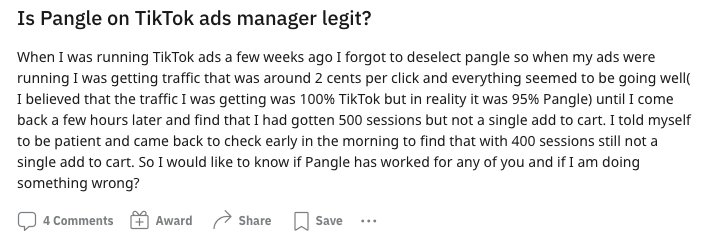
Reddit user describes experience using TikTok Ads Manager.
As both platforms are owned by ByteDance, their advertising functionalities are fully integrated so that ads created through the TikTok Ads Manager can be served on both Pangle and TikTok. A lot of advertisers don’t realize that their TikTok campaigns are probably being served on Pangle, because opting into Pangle placements is the default on TikTok, and it’s not immediately obvious.
If you aren’t already aware of this, you will probably end up spending money on ad placements you didn’t intend on. See below for how to disable Pangle ads.
Ad Syndication
TikTok serving ads on Pangle is not the only example of ad syndication in the digital landscape. Virtually all digital platforms serve ads on partner platforms. Examples include Google, Meta, Amazon, and Microsoft. Meta, for example, works as follows:
Meta Ads enable advertisers to display their ads on all platforms that are part of the Facebook Audience Network (now called the Meta Audience Network). The Meta Audience Network is a collection of partner websites and mobile apps that have partnered with Facebook to display ads to their audiences. Some of the platforms that are included in the Facebook Audience Network are:
- Facebook and Instagram: The Meta Audience Network includes placements on Facebook and Instagram.
- Third-party apps: The Audience Network includes a large number of mobile apps that have integrated Facebook’s ad technology, allowing advertisers to reach users across a wide range of apps and categories.
- Mobile web: It also includes placements on mobile websites that have partnered with Meta to display ads to their audiences.
Facebook is just one example, but most platforms follow a similar model. Having partner platforms allows corporations to increase the reach of their advertising campaigns beyond their own platforms, allowing advertisers to reach a larger audience. It also gives them more ad inventory to sell, and more ad inventory equals more revenue.
Tech companies have a clear incentive to develop wide-reaching partner networks, but it also benefits advertisers. Wider reach helps them reach more potential customers, and targeting can be improved if partner networks have access to unique user data or demographics that the ad platform doesn’t have. Ad syndication can benefit interests on the buy and sell side of advertising, but there is a catch: syndicated ads are only as good as the placements they are given.
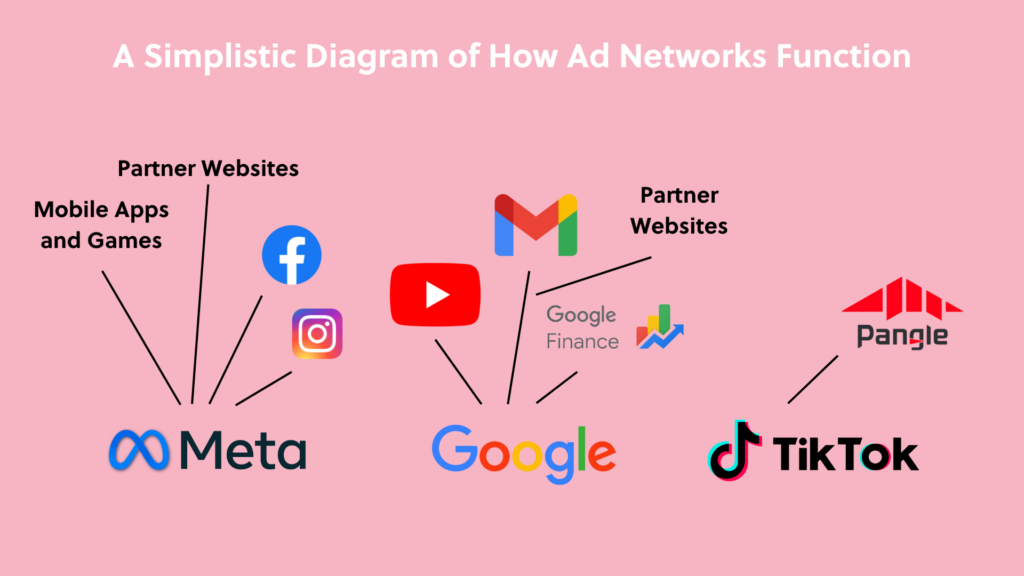
The Disadvantages of Partner Networks
Buying ads on social media platforms is straightforward because you know where they are going. You know with certainty that they’re going on the Facebook, TikTok, Instagram, LinkedIn… etc. feed. You are familiar with the placement, size, and UX of the ad because you see them every day on social media, and you get a preview of what they’re going to look like before you publish them.
But things get uncomfortable when your ads start delivering in unknown spots on partner platforms. And when your ad performance on a partner platform (Pangle in this case) shows thousands of clicks at a 50% CTR and sub-one-cent CPC, with a one-second session duration and 99% bounce rate, you know that things aren’t right. You start to ask, why are my ads getting these results, and what’s causing users to interact with them in this way?
Why Your TikTok Performance is “Too Good”
TikTok’s business help center says that Pangle “offers interactive customization solutions to enhance the ad experience for end users through deeper immersion – ultimately increasing their engagement with the ads.”
Specifically, they offer three customization solutions, which are:
- Endcard: An automatically generated card with key info from your assets. This is an automated ad extension that is attached to the end of your video/image ad.
- Animation Effects: Special visual effects that are added onto text, images, slides, and other formats.
- Playable Ads: An immersive experience for end users that equips them with a preview demo of what it’s like to interact with the app before actually downloading it.
These customization solutions aren’t optional either. According to the site: “Pangle will automatically leverage Endcard and Animation Effects and apply them to your ads, based on the end user’s preference.” Essentially, they will alter your ad delivery if it satisfies the end user.
As they point out, these customizations are meant to increase engagement – and based on the results we’ve seen on Pangle, it works (in a way).
Interstitial Ads
Another way Pangle is able to offer such high engagement is through the offering of interstitial ads.
The word “interstitial” refers to something that is situated or occurring between things. In the context of digital advertising, an interstitial ad is a full-screen ad that is displayed between content screens or during natural breaks in an app or game. They are designed to get high engagement, as they take up the entire screen, and sometimes can’t be exited until you interact, or watch a predetermined length of a video.
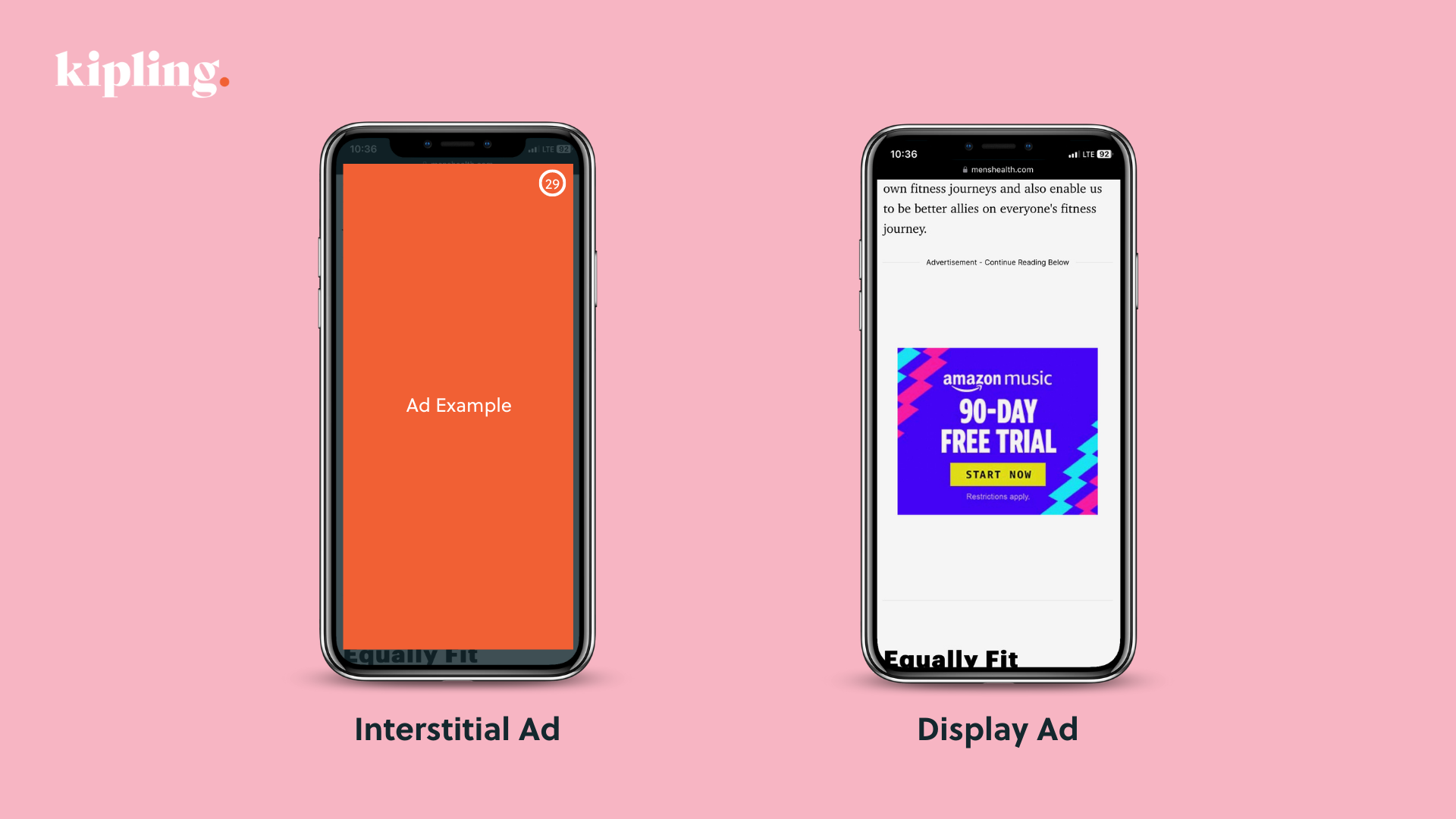
Interstitial ads on Pangle have a timer that makes you watch at least 5 seconds of the video, which can make your view rate and engagement metrics shoot up. Pangle also used various aftermarket additions and animations that inflate the CTR.
Pangle Ad Performance / Conversions
In our experience, ad performance on the Pangle network doesn’t translate into website conversions. The results shown below are self-evident.

This campaign was getting nearly all of its impressions from Pangle, as the automatic optimization preferred the high engagement. What the ads manager couldn’t optimize for was session duration on our landing page. Through Google Analytics, we saw that the average session duration from this campaign was only a couple of seconds, and the bounce rate was about 99% which was concerning. Even more concerning was the fact that it didn’t get a single add to cart.
How to Stop Ads From Appearing on Pangle
In the campaign setup, under ad group settings, click the select placement option and uncheck Pangle. Automatic placements are the default option.
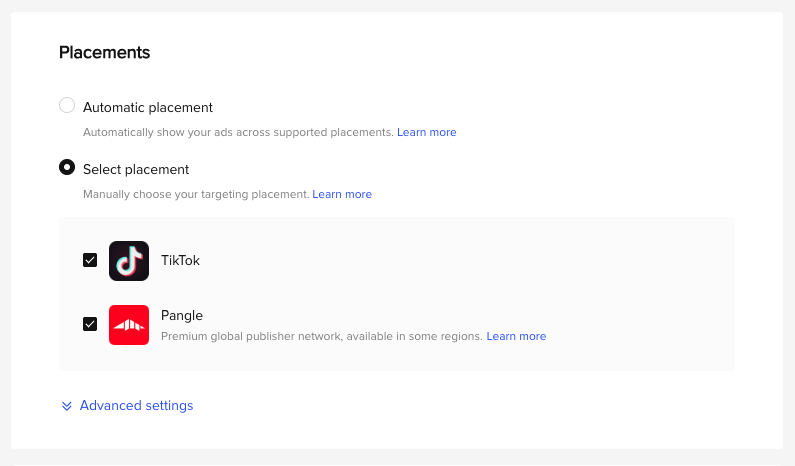
The Bottom Line
On paper, your campaigns might look great. You could be getting lots of clicks, views, a great CTR, etc. Even though campaign performance can look good on the ad platform, it’s important to look deeper into the rest of the customer journey. Use Google Analytics to see how customers are engaging with your website and make sure you’re actually getting conversions.
There are a lot of independent advertisers using TikTok ads that don’t understand the implications of their ads being put on Pangle. It’s not hard to see what percent of your impressions are being served on the platform, but small businesses and independents don’t always have the time and expertise to understand the nuances of digital ad platforms and partner networks.
This article focuses on Pangle because of the results it brought in. From its ads, we got 75,000 clicks, at a 50% CTR with no conversions. If the results were different, we would have nothing to say.
This is critical: there’s nothing inherently wrong with partner networks. As mentioned earlier, partner platforms allow advertisers to reach wider audiences in more places. This often improves performance. But, when performance isn’t good, it becomes time to reconsider if you want to pay for ads on these networks.
As we learned here, Pangle has ways of making campaign performance look really good. But once you look below the surface of the clicks, it’s quite meaningless. The bottom line: pay attention to where your ads show, and never take performance metrics at face value. Unless your ads are helping reach you or your client’s business objectives, ask yourself: are they really working?
¯\_(ツ)_/¯
Related Article: Pulling Back the Curtain on Data Privacy Regulations




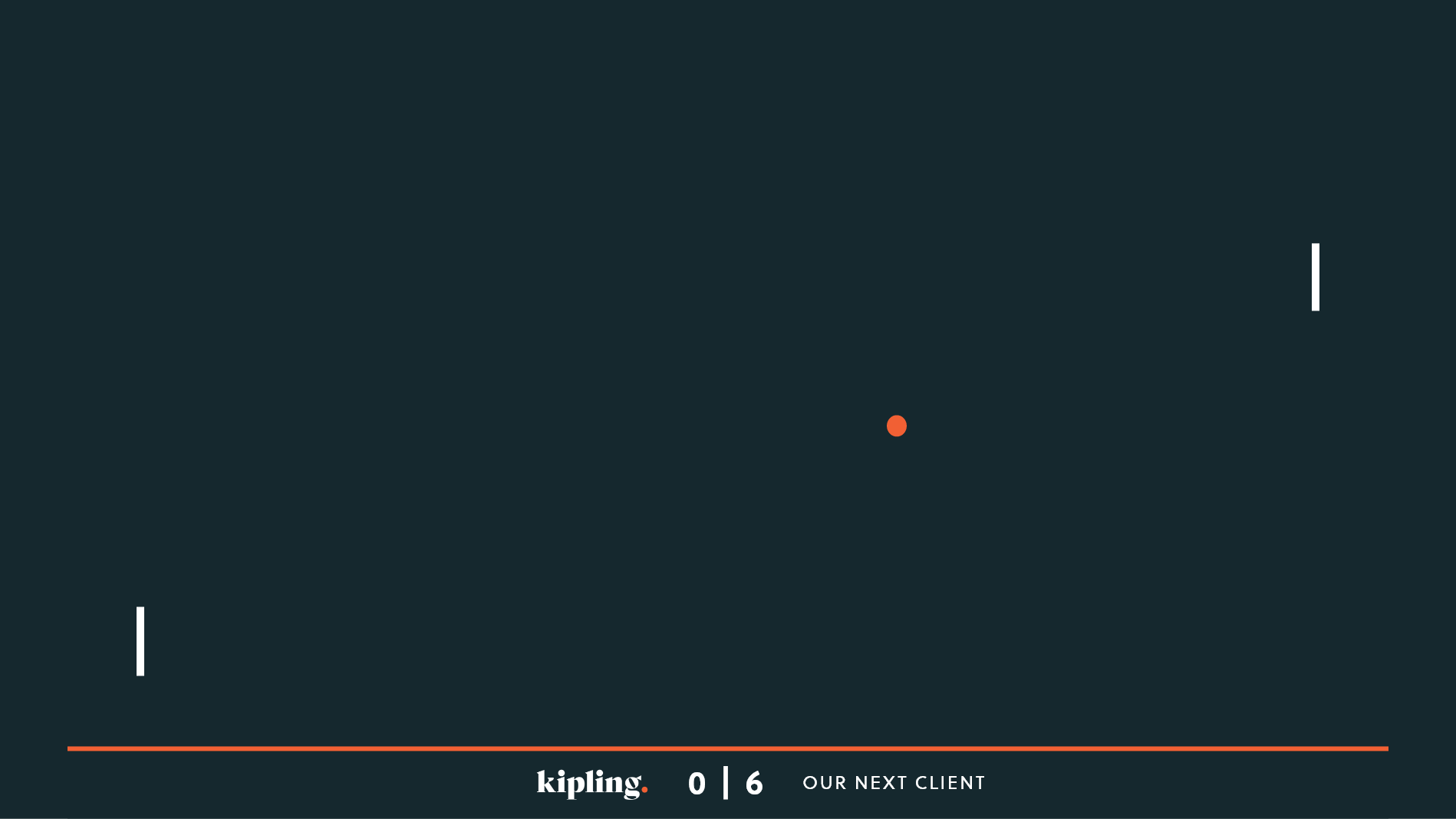

Comments